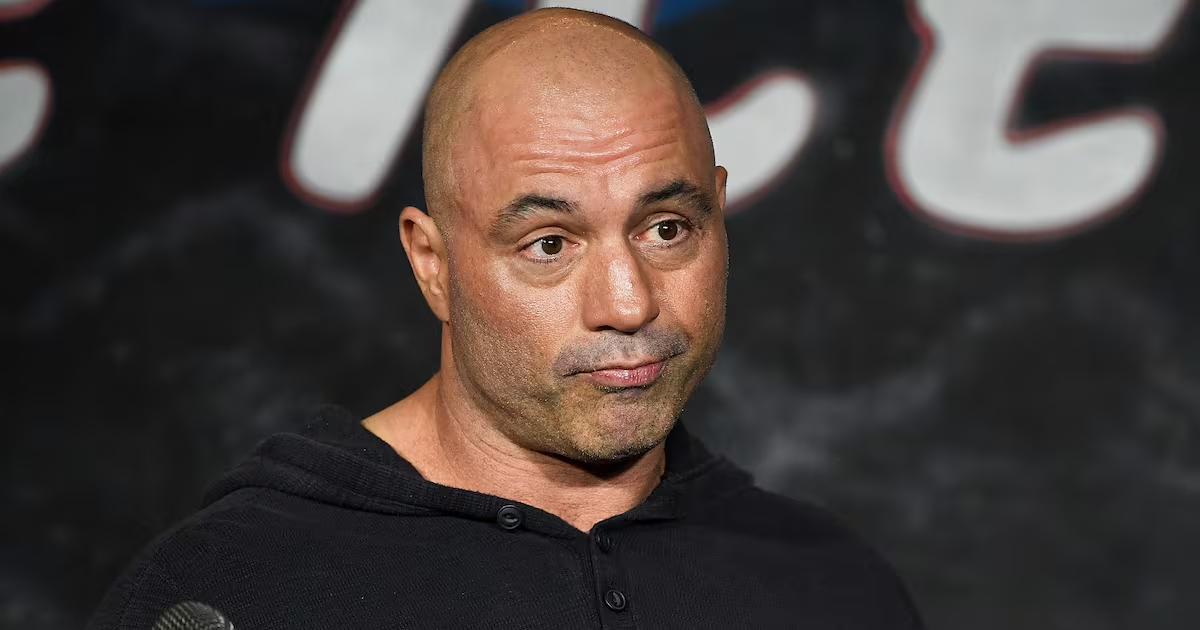Several weeks ago, I found myself seated in a small, white-walled room in midtown Manhattan, facing a two-way mirror. Sitting across from me was a man dressed all in black, clean-shaven with shoulder-length hair.
"You were suspected of a theft that took place today," the man said. "Where were you 30 minutes ago?"
Thirty minutes ago, a woman had asked me to walk down a dimly lit hallway and into a small office, where I would find a briefcase sitting on a counter. Inside the briefcase was a wallet, which she told me to take. My interrogator wouldn’t know what I’d chosen, the woman said, but no matter what he asked me, I had to lie.
So when the man in black asked me if I had entered the room or seen anything in it, I looked him in the eye, feigned confusion, and told him I had no idea what he was talking about.
I expected his glare to soften but it didn't. I grew anxious. The wallet was still in my pocket. I wanted to get rid of it, but I knew a video camera was recording my every expression. Soon my interrogator explained that another video camera had captured me in the hallway, that a witness had seen me enter the room, and that fingerprints found on the briefcase matched my own.
I was cornered. I offered a partially true variation of my story. After I finished, a sense of dread passed over me. By withholding the information and asking strategic questions about things he already knew, the interrogator had forced me to change my story, which suggested I was lying.
Fortunately, my interrogator was not a law-enforcement officer; he was a graduate student at the John Jay College of Criminal Justice who was testing his ability to distinguish between liars and truth-tellers.
The situation I’d been placed in mimicked a recent experiment conducted at John Jay through the FBI’s High Value Detainee Interrogation Group (HIG), a team of leading research scientists and interrogators formed by President Obama in 2009 to question high-level suspects and research better methods for getting them to reveal what they know.
For years, this sort of research into interrogation techniques has been virtually nonexistent. Analysts say that the stigma of the CIA's experiments with mind-altering drugs during the Cold War has long tainted the field. Until recently, the dominant paradigms for both lie detection and interrogation were based mostly on anecdotal police evidence. What little scientific research existed was “purely useful in law-enforcement settings, and mostly about false confessions,” said Steve Kleinman, a career military-intelligence officer who served as an interrogator for the Defense Department.

Then came September 11, which ushered in new standards for what kinds of interrogation the government considered effective, and acceptable. The Bush administration greenlighted “enhanced” techniques, such as waterboarding, that many consider torture.
Last month, Jose Rodriguez, the former head of the CIA’s Clandestine Service, reinvigorated the debate over the agency’s enhanced-interrogation program with the release of his book Hard Measures¸ which defended the efficacy of waterboarding and other controversial techniques.
But over the past few years, interrogators from various intelligence agencies have come forward and denounced the CIA’s practices in detail.
“There is no debate to have,” said Glenn Carle, a former CIA officer and author of The Interrogator, a memoir recounting his experience questioning a terror suspect at a secret CIA prison.
“Torture does not work, it is illegal, and the professional intelligence, military, and law-enforcement officers who know what they are talking about, and who have firsthand experience, have been explicit that enhanced interrogation techniques undermine operational success.”
The best way to get the information you want, these interrogators say, involves gently understanding a subject’s culture and motivation and then gaining his or her trust—without revealing what you’re after.
“24 works in Hollywood,” said Ali Soufan, a former FBI agent who now runs a private intelligence firm that teaches countries and companies interrogation techniques. “Reality is not as sexy. You can catch more flies with honey than with vinegar.”
But simply saying what works or doesn’t work is one thing; scientific proof is another. The debate over enhanced-interrogation techniques has remained opaque and political, in part because of the lack of research demonstrating clearly that those techniques are better or worse than the alternatives. And many of the documents detailing the enhanced-interrogation program remain classified or partially redacted, and Rodriguez destroyed all video evidence of the interrogations.
Now, fueled both by the influx of government dollars from programs like HIG, a growing number of behavioral scientists has begun researching interrogation and lie-detection methods in an effort to scientifically determine what works, what doesn’t, and why.
The work is in its infancy, but a general consensus has emerged that supports the experience of interrogators like Soufan: torture doesn't provide reliable intelligence, the U.S. government's list of approved interrogation techniques is outdated, and detecting liars based solely on body language is barely more reliable than flipping a coin.
According to Reuters, a Senate Intelligence Committee report, which will be released this summer, is also expected to find little evidence that the CIA’s enhanced-interrogation program led to any major breakthroughs in the war on terror.
And in a report released in 2009, the CIA’s own inspector general found no evidence that the agency’s practices stopped any imminent attacks. Nor could it ascertain whether the enhanced-interrogation techniques obtained information that the agency couldn’t have obtained through less coercive means. What it could determine, however, was that the CIA relied on assessments that were sometimes unsupported by credible intelligence, which may have led to using some of the hard techniques without justification.
“If you do bad things, they’ll give you a lot of information,” said Barry McManus, the CIA’s former head polygrapher. “But the tough part is, how much of that is real and how much isn’t?”
A classic example is the case of Ibn al-Shaykh al-Libi, a terrorist who led one of al Qaeda’s biggest training camps, and who was captured by U.S. forces in the lead-up to the second Iraq War. Al-Libi was eventually sent to Egypt, where, after a harsh interrogation, he said that Saddam Hussein was providing chemical- and biological-weapons training to Al Qaeda. He later admitted this was false, and explained that he was simply telling his interrogators what they wanted to hear. But not before the Bush administration had used his initial “confession” as a justification for war.
For ethical reasons, “hard” interrogation techniques, such as slapping and waterboarding, are difficult to test in a lab. But recent research indicates that stress-inducing measures can actually impair memory.
“When people are stressed and sleep deprived, they tend to remember less well,” said Pär Anders Granhag, a psychologist at the University of Gothenburg in Sweden, and a leading researcher on lie detection and interrogation.
In one study, Charles Morgan, a professor of psychiatry at Yale, analyzed the recollections of active-duty military personnel who were denied food and sleep for 48 hours, during advanced military survival training. Morgan and his colleagues then subjected participants to both high- and low-stress interrogation measures. A day later, subjects were much more likely to remember what their interrogator looked like following the low-stress interrogation than after the high-stress one.
Even when someone is telling the truth, interrogators are often not sensitive to issues of memory, according to Ron Fisher, a cognitive psychologist at Florida International University.
“Interrogators frequently think that as long as someone’s truthful, that they’ll describe everything they need to know,” Fisher said. “Witnesses don’t provide as much information as interviewers want.”
And, of course, witnesses lie. For years, law-enforcement officials have relied on facial and body language to determine when someone is being deceitful. In Hard Measures, Rodriguez recalled a detainee who, after undergoing enhanced interrogation, would lick his lips before he told a lie.
But recent research indicates that while facial movements and body language can demonstrate anxiety, they often can’t be used to distinguish reliably between liars and truth tellers. The HIG study was intended to see if strategically withheld information, along with other sophisticated techniques, could yield better results.
As my own experience at John Jay showed, these methods can work.
“Innocent people tend to be very forthcoming with all kinds of information,” said Maria Hartwig, a John Jay psychologist who conducted the experiment for HIG. Hartwig said she could tell I was lying because I was forced to change my answer.
“The people who went into the room and touched the briefcase but didn’t take the wallet tended to volunteer that kind of information.”
But when Hartwig watched the video without sound, she said, she would not have been able to determine whether I was lying based only on my body language or facial cues.
While my interrogator strategically withheld evidence to determine my level of truthfulness, the opposite technique is also effective, according to recent studies. This technique was long advocated by Hans Scharff, a legendary German Air Force interrogator during World War II.
“He would paint this illusion that he already knew everything,” said Granhag, the Swedish psychologist.
Over the past two years, Granhag has found that lab interrogators elicited more information using a variety of Scharff’s methods, when compared to those who simply asked open-ended or specific questions. The interrogators also gave the impression that they had acquired far less intelligence than they in fact had.
Nevertheless, in a recent HIG survey, many military and law-enforcement interrogators didn’t rate Scharff’s methods as very effective. His strategies only get brief mention in the Army Field Manual, the government’s baseline for legal and effective interrogation techniques, which many scientists and interrogators say needs to be revised.
But the fact that Scharff’s techniques work is not news to Ali Soufan. In March of 2002, he and a colleague used a Scharff-like technique to outwit Abu Zubaydah, a high-level terrorist with Al Qaeda connections, who himself taught interrogation resistance.
Soufan and his colleague Steve Gaudin battled with a CIA contractor for weeks over the most effective way to question Zubaydah. In Hard Measures, Rodriguez, who declined to comment for this article, argued that the CIA’s approach—which included waterboarding Zubaydah 83 times—was necessary. But Soufan and Gaudin strongly disagreed.
“Terrorists are trained to resist torture,” Soufan wrote in his 2011 book, The Black Banners. “Being attacked by dogs, being sodomized, and having family members raped in front of them are some of the things they are physically and mentally prepared to endure.”
Soufan recounted how he read Zubaydah’s diary and spoke to him in Arabic. Eventually he and Gaudin got him to admit that Khalid Sheikh Mohammed was the mastermind behind the 9/11 attacks.
“Interrogation is not only an art and not only a science,” Soufan said. “It’s both.”





